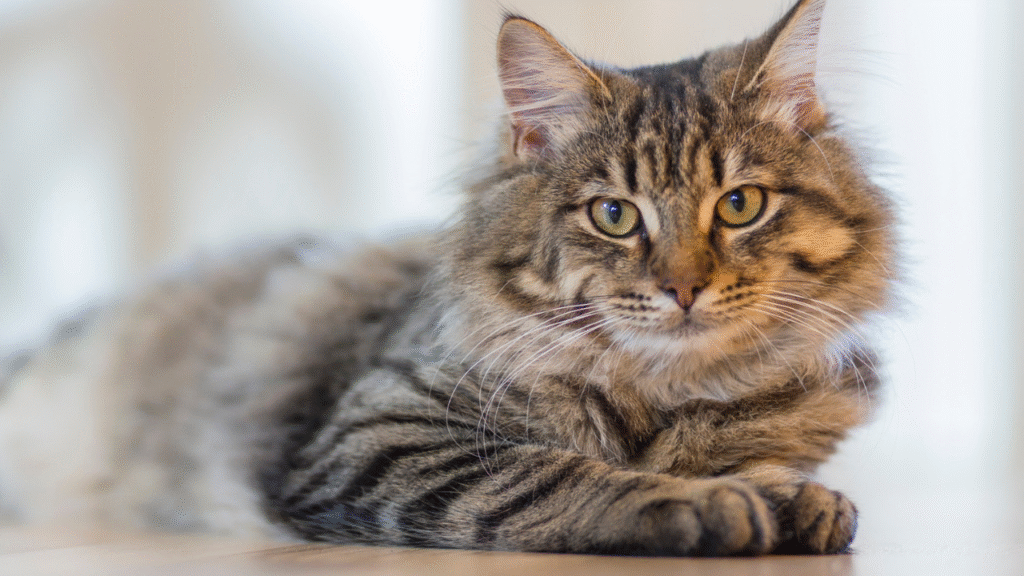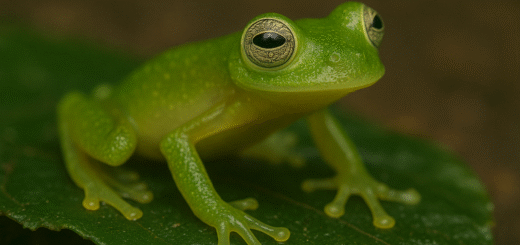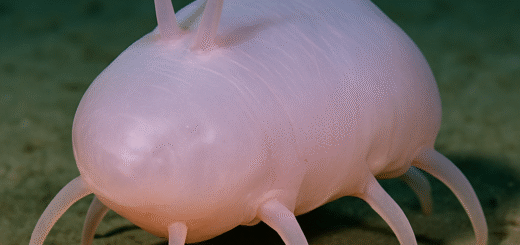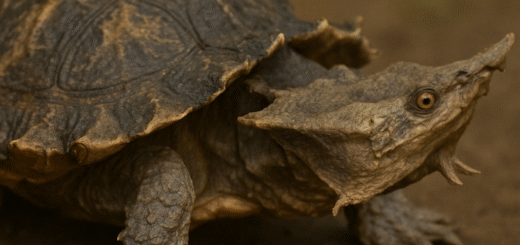How to Understand Your Cats Body Language
Cats are known for being independent, mysterious, and sometimes even aloof. But beneath that calm and cool exterior is a complex and expressive communicator. Unlike dogs, who often display their emotions more openly, cats rely heavily on subtle body language to express themselves. Understanding this non-verbal communication is key to building a strong relationship with your feline companion.

Why Body Language Matters
Cats can’t speak, but their bodies can “talk” in ways that clearly convey emotions like fear, happiness, frustration, or affection. Recognizing the signs of your cat’s body language helps you:
- Understand how they’re feeling
- Respond appropriately to their needs
- Avoid stress or injury (especially in fearful or aggressive moments)
- Strengthen your bond with trust and respect
Let’s break down the main parts of a cat’s body that communicate their inner world.
1. Tail Signals: The Mood Meter
The tail is often the most expressive part of a cat’s body.
- Upright and relaxed: Your cat is confident, happy, and probably greeting you or another pet they like.
- Straight up with a curved tip: Friendly and playful—like a little wave!
- Puffed-up tail: This means your cat is startled, scared, or on the defensive.
- Low or tucked tail: A sign of fear or submission—often seen in anxious or insecure cats.
- Swishing or lashing tail: A warning sign. This movement usually means your cat is irritated or overstimulated, especially during petting.
- Slow swaying tail: Your cat may be focused, stalking, or contemplating their next move.
2. Ears: Emotional Radar
Cats’ ears are incredibly mobile and reveal a lot about their mood.
- Ears forward and alert: Curiosity or happiness.
- Ears turned sideways or flat: Signs of agitation, stress, or fear. This may precede hissing or growling.
- Ears swiveling constantly: The cat is trying to locate a sound or is unsure about their environment.
3. Eyes and Pupils: Windows to Emotion
A cat’s eyes are expressive in ways many people overlook.
- Wide open eyes: Alertness or excitement. If the pupils are dilated, they could also be scared or overstimulated.
- Slow blinking: This is often referred to as a “cat kiss.” It’s a sign of trust and affection. You can slow blink back!
- Narrowed eyes: Relaxation—or irritation if combined with other tense body signals.
- Dilated pupils: May indicate fear, excitement, or aggression, especially if sudden.
4. Posture and Positioning: Silent Signals
How a cat positions their body can say a lot about how they feel.
- Standing tall and upright: Confidence and assertiveness.
- Crouching low with tail tucked: Fearful, anxious, or submissive.
- Arched back with fur raised: Classic Halloween-cat pose—your cat is startled and trying to look larger to a perceived threat.
- Lying on the side or belly exposed: This can indicate trust and relaxation, though it doesn’t always mean your cat wants belly rubs. Some cats view belly touching as a threat.
- Tucked paws under the body (“loaf” position): A relaxed cat at rest but alert to their environment.
5. Whiskers and Nose Area
Whiskers are more than cute—they’re tools for sensing and emotion.
- Whiskers pushed forward: Curiosity, excitement, or a hunting mood.
- Whiskers pulled back: Nervousness, fear, or discomfort.
- Twitching nose or whiskers: Often a sign of alertness or excitement.
6. Vocalizations Paired with Body Language
Though this article focuses on body language, vocal cues often work together with physical behavior.
- Purring with relaxed body: Contentment.
- Purring with tense body: Self-comfort during stress or illness.
- Hissing or growling: Fear, anger, or warning.
- Chirps and trills: Friendly greeting sounds, often used with humans or other cats.
- Meowing: Cats rarely meow to other cats—this is usually reserved for human communication. Tone and pitch can convey everything from a request for food to a plea for attention.
Putting It All Together
Understanding your cat’s body language isn’t about interpreting each signal in isolation—it’s about reading the full picture. For example:
- A cat with dilated pupils and puffed fur is probably scared or threatened.
- A cat with slowly blinking eyes and a relaxed tail is content and trusts you.
Each cat also has their own personality and variations. The more time you spend observing your cat, the better you’ll get at picking up on their individual ways of “talking.”
Final Thoughts
Cats communicate clearly if you learn to observe their bodies, not just their meows. Understanding feline body language helps prevent misunderstandings, builds mutual trust, and makes your cat feel safe and heard. The result? A happier, more affectionate, and better-behaved companion.
So the next time your cat flicks their tail, narrows their eyes, or slowly blinks at you—listen closely. They’re saying more than you think.








